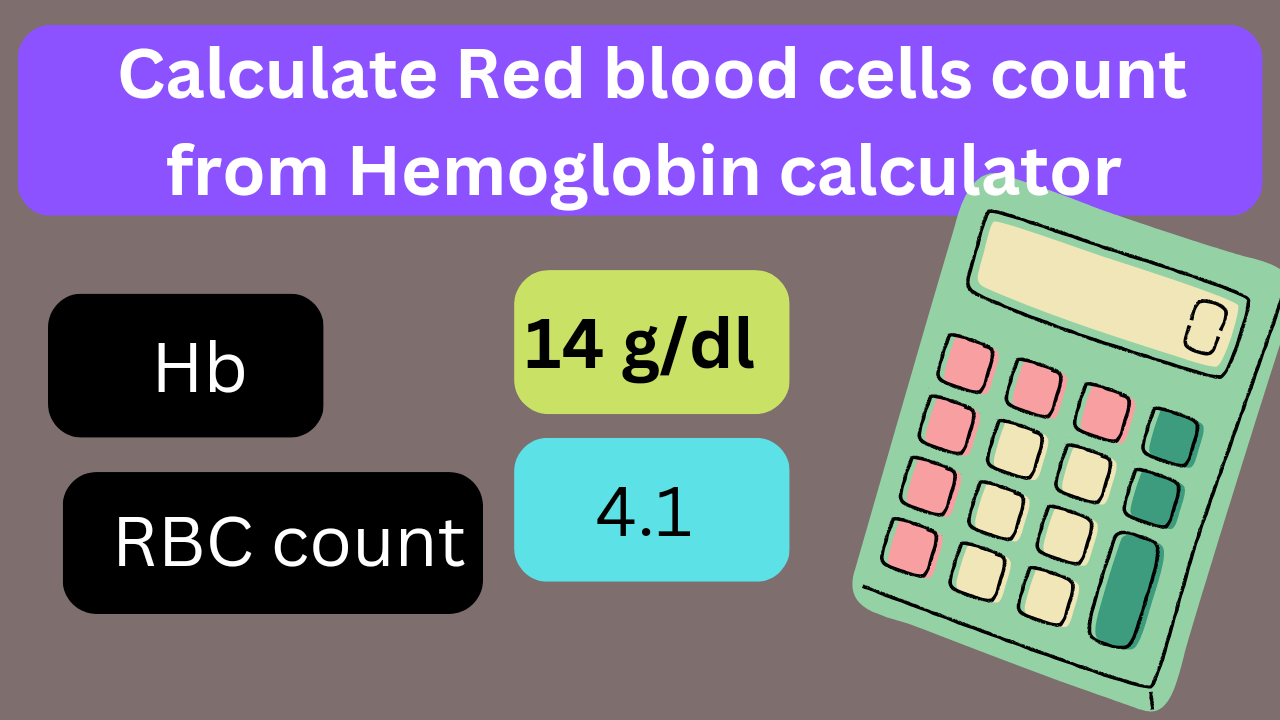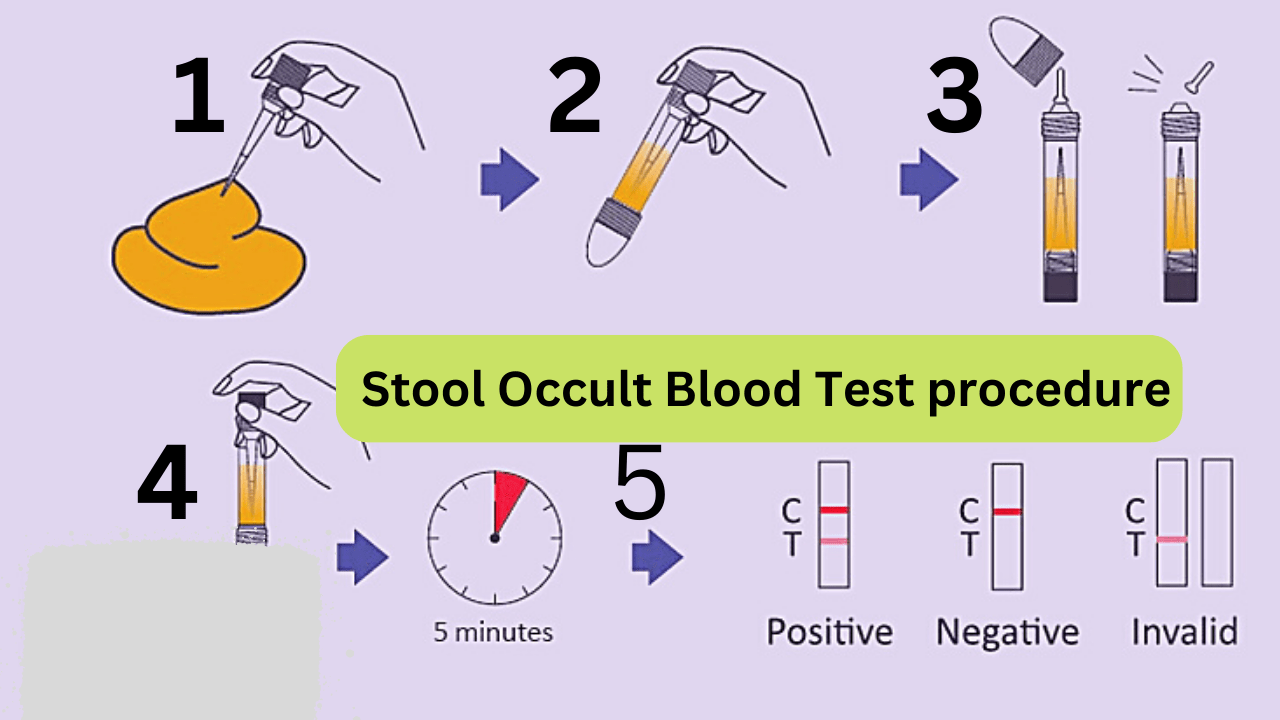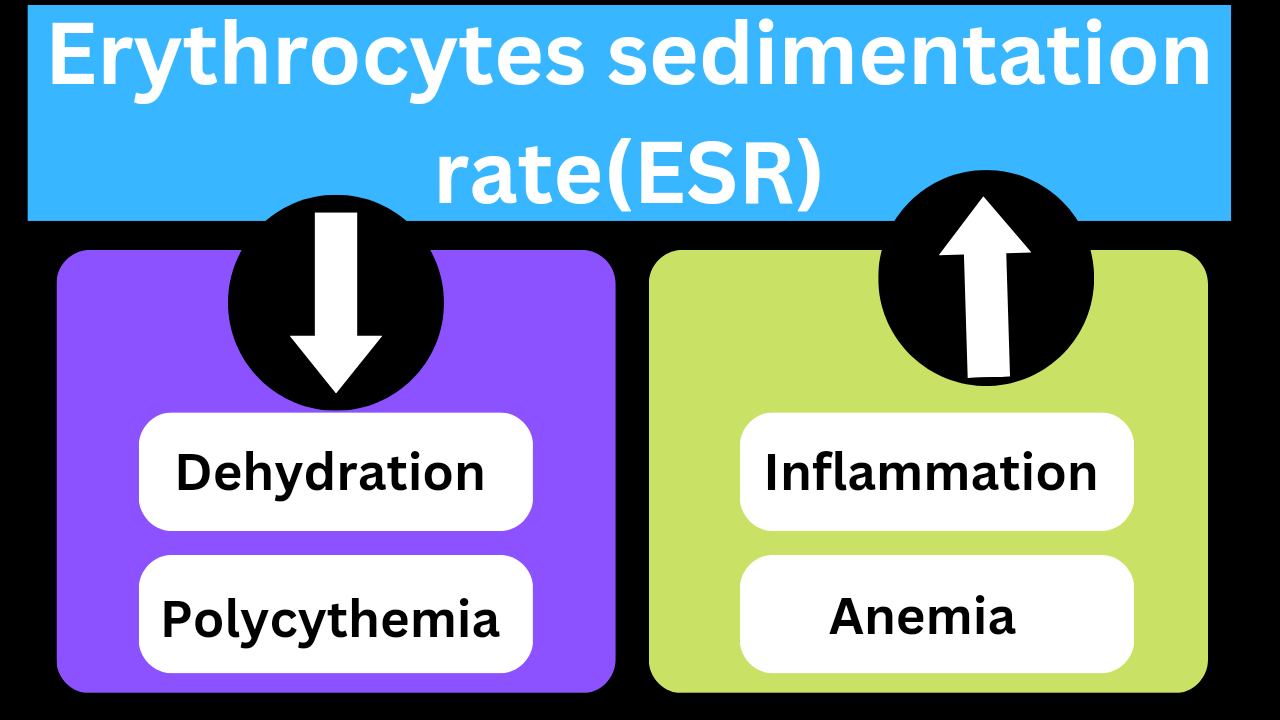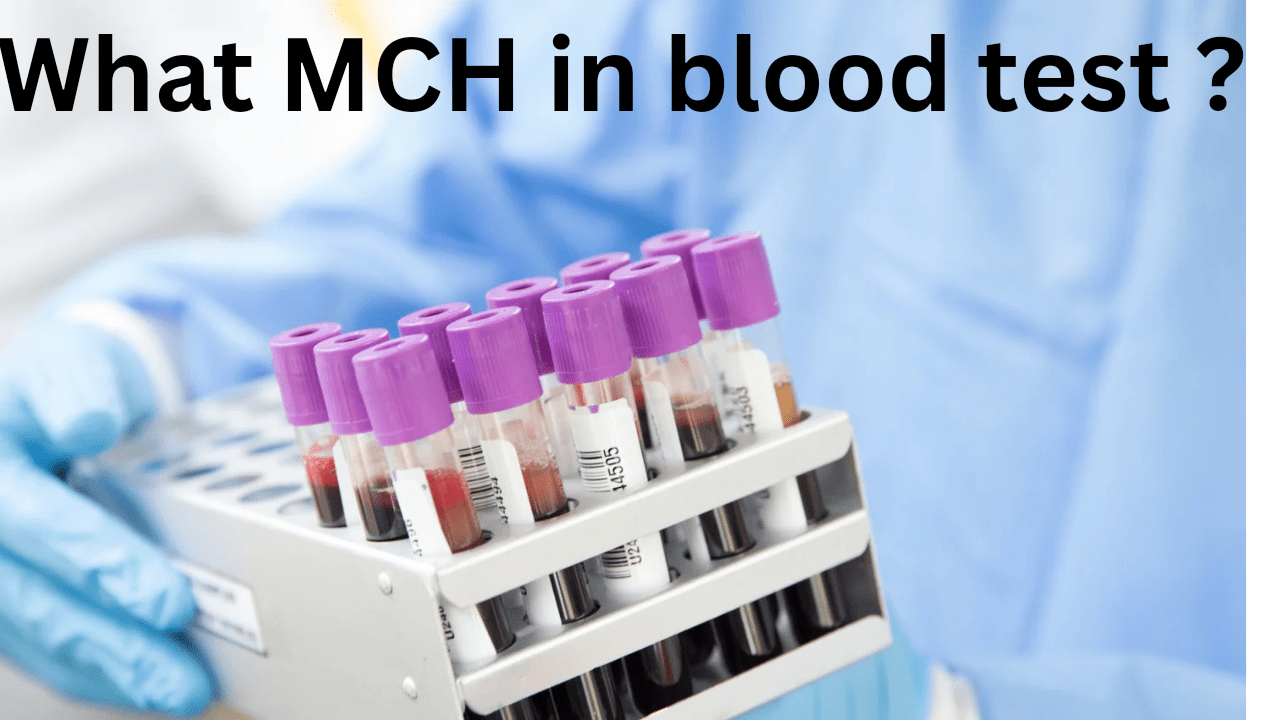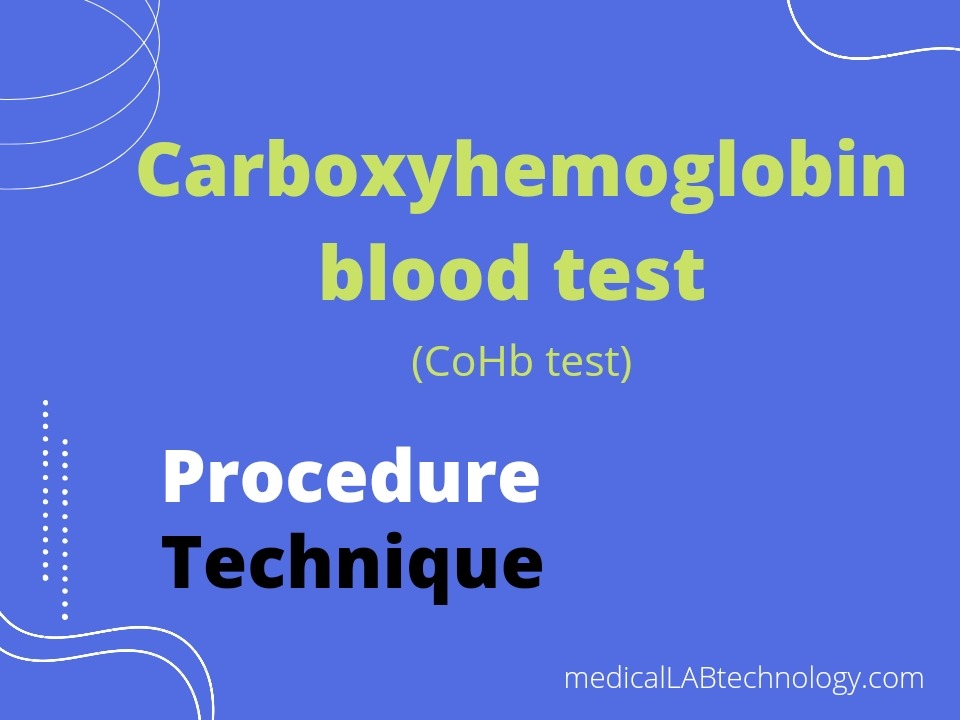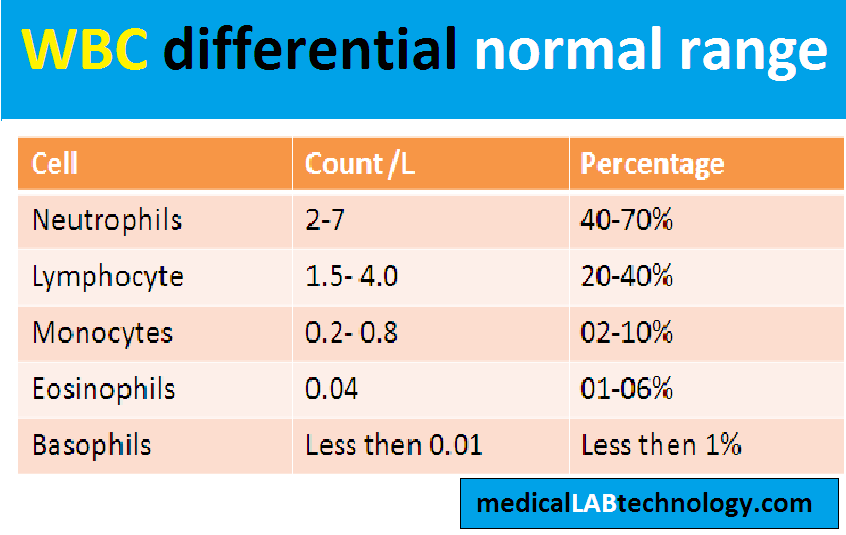How to calculate rbc count from Hemoglobin (hematocrit)
Red blood cells, also known as erythrocytes, play a crucial role in transporting oxygen from the lungs to the tissues. They also transport carbon dioxide from the tissues to the lungs. The normal range for red blood cells varies depending on several factors, including age, sex, and altitude. The normal range for hemoglobin levels in … Read more
